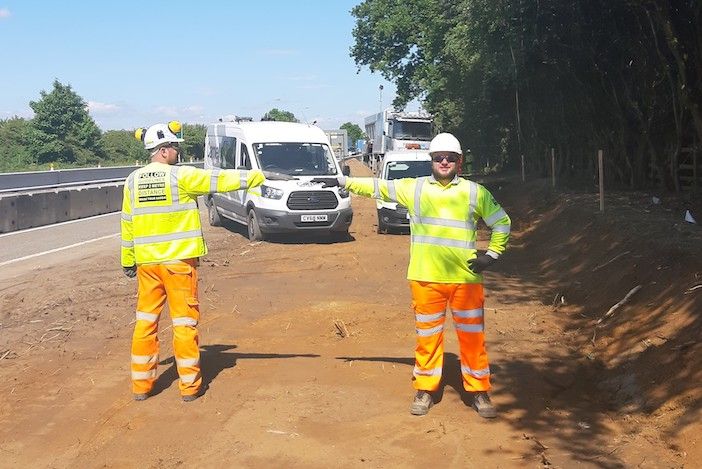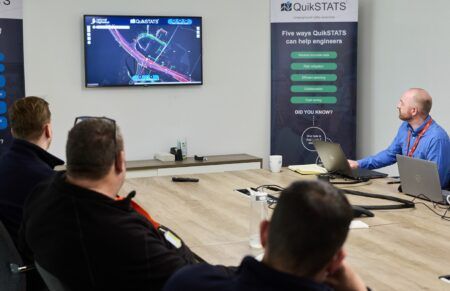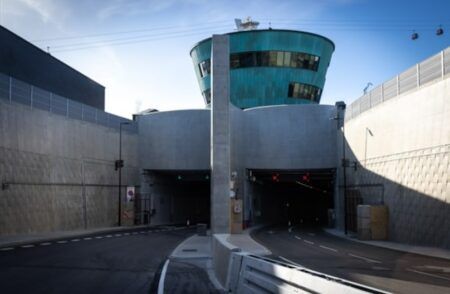Technology that was already being used by Highways England contractor, Barrier Service, to alert road workers when heavy equipment and machinery was moving nearby has been adapted so that the transponders alert personnel to anyone close to two metres away.
The system works via devices tied around workers’ waists which sets off a buzzer in their safety helmets if someone gets too close. It is being used on barrier replacement schemes on the M4, M5 and M32. It is hoped that the waistband devices will shortly be replaced with a smaller, armband alert.
“With the help of our contractors we are finding innovative solutions to keeping workers safe on site by adapting existing technology designed to alert workers when heavy equipment is close by,” says Mark Fox, head of scheme delivery in the South West, for Highways England.
“By reprogramming radio transponders worn on a waistband we have been able to provide a protective bubble around all our workers. When someone gets close to two metres away a buzzer is set off in the workers hard hat to alert them and social distancing can be maintained.”
Virtual reality
But the transponders are not the only way in which technology is aiding road workers in the Covid era. In the West Midlands, managers have been able to carry out safety checks on work sites and depots through a virtual tour which has avoided the need for additional people to travel there.
Wearing a mounted portable camera and headset, a supervisor already working on site has been directed around the facilities by the managers through Microsoft Teams. This enables them to view different areas and facilities as well as ask questions of workers on site.
As well as the usual safety checks they have also been able to check the Covid-19 measures such as wash stations and vehicle sanitisation are all in place.
Elsewhere, hi-vis jackets have been issued to those working on the A45/A6 Chowns Mill roundabout improvements project which carry messages to remind workers to keep their distance.

Meanwhile, in Manchester, an important operation to lift a bridge – weighing around 800 metric tons – looked like it might not take place when a key member of the team could not be present because of Covid-19 restrictions. Highways England is repairing the 200m-long bridge which carries the M60 over the River Mersey and Palatine Road near Didsbury and needed to lift it by 5mm so the work could take place.
Balfour Beatty’s permanent works designer, Phil Davis, was unable to attend because of the lockdown but was vital to the work. Using Microsoft Teams, Phil could monitor the situation from his home and help complete the job without compromising anyone’s health or safety.





